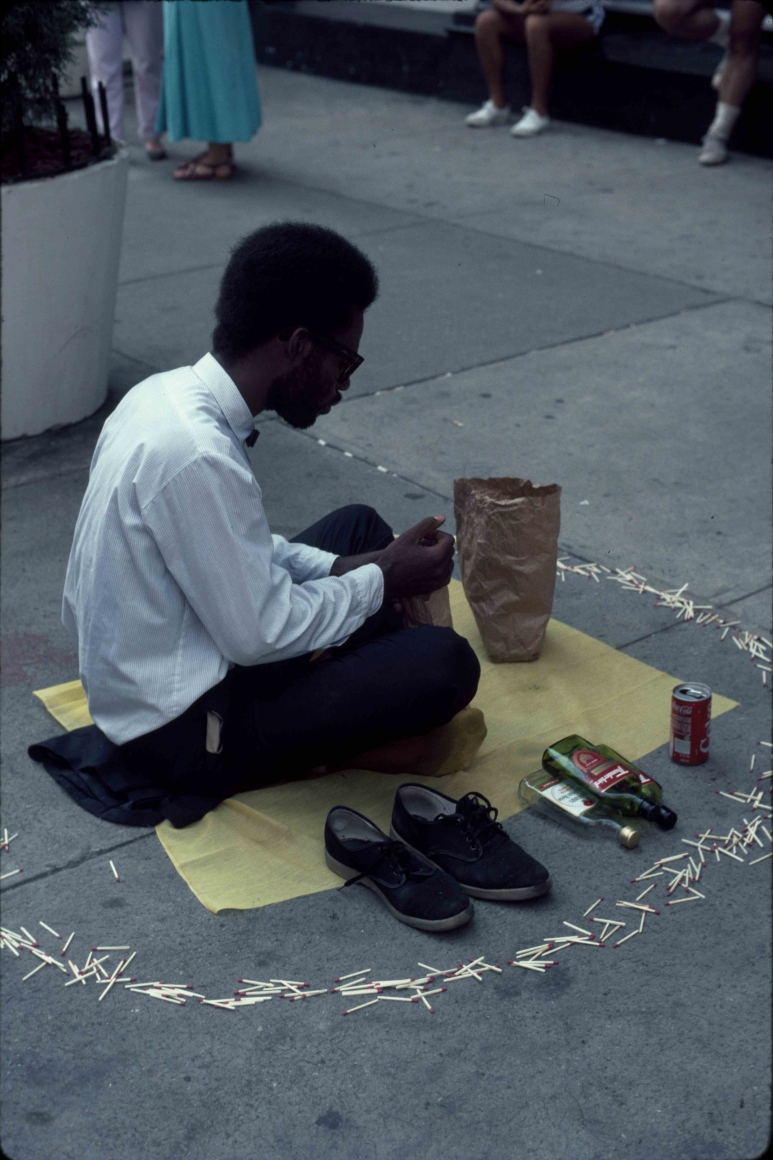The Hunger Artist – Pain, Validation, and the Definition of Art
Personal Aside: Feeling incredibly meta in reading The Hunger Artist as I sit starving in wings of the Schipol Airport, awaiting my flight to Edinburgh.
Plato once wrote that, ‘‘madness, provided it comes as the gift of heaven, is the channel by which we receive the greatest blessings.’’ The concept of great art coming from great pain is not a foreign one by any stretch: French poet Arthur Rimbaud’s A Season In Hell was written in the height of nearly-lethal absinthe intoxication, Van Gogh’s Starry Night was painted as he was plagued with paranoid hallucinations, and Dickens created world’s drawn from a childhood rife with struggle. Kafka’s The Hunger Artist offers insight into the mind of a tormented creative fasting in a performative installation, characterized by his often incoherent and extreme dedication to his endeavor. While his fasting begins as an artistic spectacle, the prose often conveys a more compelling psychological fixation on the affective experience of famine and the value extremity confers to the legitimacy of the performance itself.
The artist begins by clearly iterating the necessity of total starvation to uphold, “the honor of his art”. The watchmen and visiting public hold him accountable to this end. However, he soon betrays his desire for validation and appraisal from those who view him. He laments the inability of spectators to understand the true extent of his hungering, alluding to the notion that his emaciation was less to do with hunger than it was the disappointment in others’ disgust and/or indifference to his fast.
This raises several questions in my mind. First, is the motivation for his project (so-to-speak) a quest for social validation or the pursuit of an artistic commentary? In my view, I believe what inspired the initial fast was a genuine creative pursuit, but the artist experienced a key threat to the psyches of living artists—the experience of perception. He viewed his hunger, and the accompanying pain, as an utmost demonstration of extraordinary humanity and, in that, art. Tragically, the artist cannot control the perception of their audience, and thus our protagonist was subjected to the underwhelming reactions of simultaneous awe and disgust.
The artist’s dissatisfaction with the public perception of his prolonged hungering then leads him to push beyond his intended fasting limits. In this act, does the artist believe that the pain of hunger elevates the status of his performance—or simply, does more pain equate higher art? Or is it a more bleak and melancholy reflection of the mental state of the artist, punishing himself for his perceived failure?
Ultimately his suffering becomes of little note to anyone, “the hunger artist went on hungering as he had once dreamed of doing, and he succeeded effortlessly, just as he has foretold at the time, but no one counted the days, no one, not even the hunger artist himself,” Kafka writes. In this summation, readers are begged the question: what is the price of art, and is it worth it?



Feeling incredibly meta to read you saying you feel incredibly meta the week we’re talking about metafiction. Recursion, wha? God help us all 😅
I really enjoyed your reading of Kafka here and you get to the heart of the story – and its place on our course – very succinctly. Is art compatible with life? Does art exist in the same realm as ‘life,’ or does it occupy some other sphere – a sacred sphere, even, in both the broad religious sense and that of unalienated production (see all the stuff about modernists and the whole autonomy of art biz)? you also pick up on the highly significant role of the audience in the story: it is as much about them as the artist, after all, and when we read the story closely we see the artist’s mirror image (remembering that a mirror image is an opposite one) in the children who watch, agape, mouths open, awe-struck at the wonder of the spectacle, unlike the adults who care for fashion, or make a joke of the thing. This is connected to your observations on perspective, which is also a crucial term for approaching Wallace’s collection, as made plain in the ‘Adult World’ stories and elsewhere: what control has the artist over the reception of his art? What role is played by the frame in which it is presented (think Duchamp’s urinal), what role by the public, what role by the critic? Where is the artist to locate themselves amongst all this – should they try at all?
I’m not sure if you’ve read it, but you might be interested in Susan Sontag’s essay, ‘The Artist as Exemplary Sufferer’ (collected in Against Interpretation). Discussing the writer Cesare Pavese, Sontag writes: ‘Most of Pavese’s novels . . . are narrated in the first person. Yet we know that the “I” in Pavese’s novels is not identical with Pavese himself, no more than is the “Marcel” who tells Remembrance of Things Past identical with Proust, nor the “K.” of The Trial and The Castle identical with Kafka. We are not satisfied. It is the author naked which the modern audience demands, as ages of religious faith demanded a human sacrifice.’ You might like to think about this, and the place of suffering as a mode of self-revelation, as we go through the next few weeks – and fear not, there’s more Kafka yet to come!